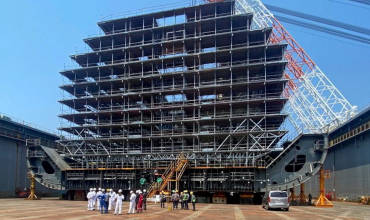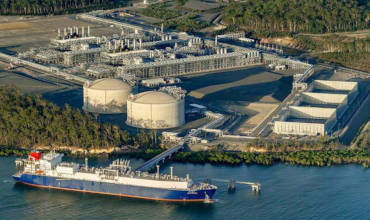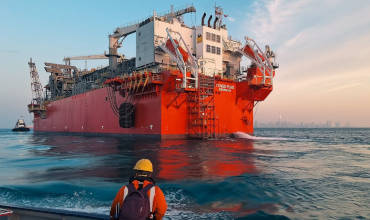Infrastructure, Trends and Future Projects – LNG Trade
The LNG trade is a vital component of the global power sector, driven by robust infrastructure, evolving trends and ambitious later projects. The framework supporting Liquefied Natural Gas trade includes dilution plants, storage service, transportation vessels and regasification terminals. The elements work together to make easier the efficient movement of liquefied fossil fuel from production sites to end consumers worldwide.
Infrastructure
Liquefaction plants are crucial for converting natural gasoline into its liquid form, enabling easier storage and transport. Major exporting countries have invested significantly in these facilities to boost production capacity. Storage conveniences, often located near ports, ensure the availability of LNG for loading onto specialized Liquefied Natural Gas carriers. The transits, equipped with advanced cryogenic technology, maintain Liquefied Natural Gas at extremely low temperatures during shipping. Evaporation terminals at import destinations then turn LNG back to its gaseous state for distribution through local pipelines.
Trends
Current movements in Liquefied Natural Gas marketing reflect a growing request in favor of cleaner energy sources and increased international trading flows. Asia remains the largest LNG market with countries like China, Japan and South Korea driving insistence. The use of Liquefied Natural Gas as a marine fuel is also gaining traction, driven by stricter environmental regulations anticipated at reducing emissions from shipping. Additionally, technological advancements are enhancing the efficiency and safety of LNG operations from production to end-use.
Future Projects
Upcoming projects in the Liquefied Natural Gas sector are focused on expanding producing function and developing new markets. Numerous liquefaction affairs are underway in the United States, Qatar and Australia, aimed at increasing their export capabilities. Emerging markets in Southeast Asia, Africa and Latin America are also investing in regasifier frame to diversify their energy sources. Innovations such as floating LNG (FLNG) installations are set to revolutionize the industry by providing more flexible and cost-effective solutions for remote fuel fields.
The Liquefied Natural Gas trade continues to evolve, supported by extensive structure, dynamic mart movements and forward-looking affairs. Investments in liquefaction, transportation and regasification resources are crucial for meeting the rising LNG world demand. As the industry advances, it promises to play a significant role in the transition towards a more sustainable and diversified energy landscape.





